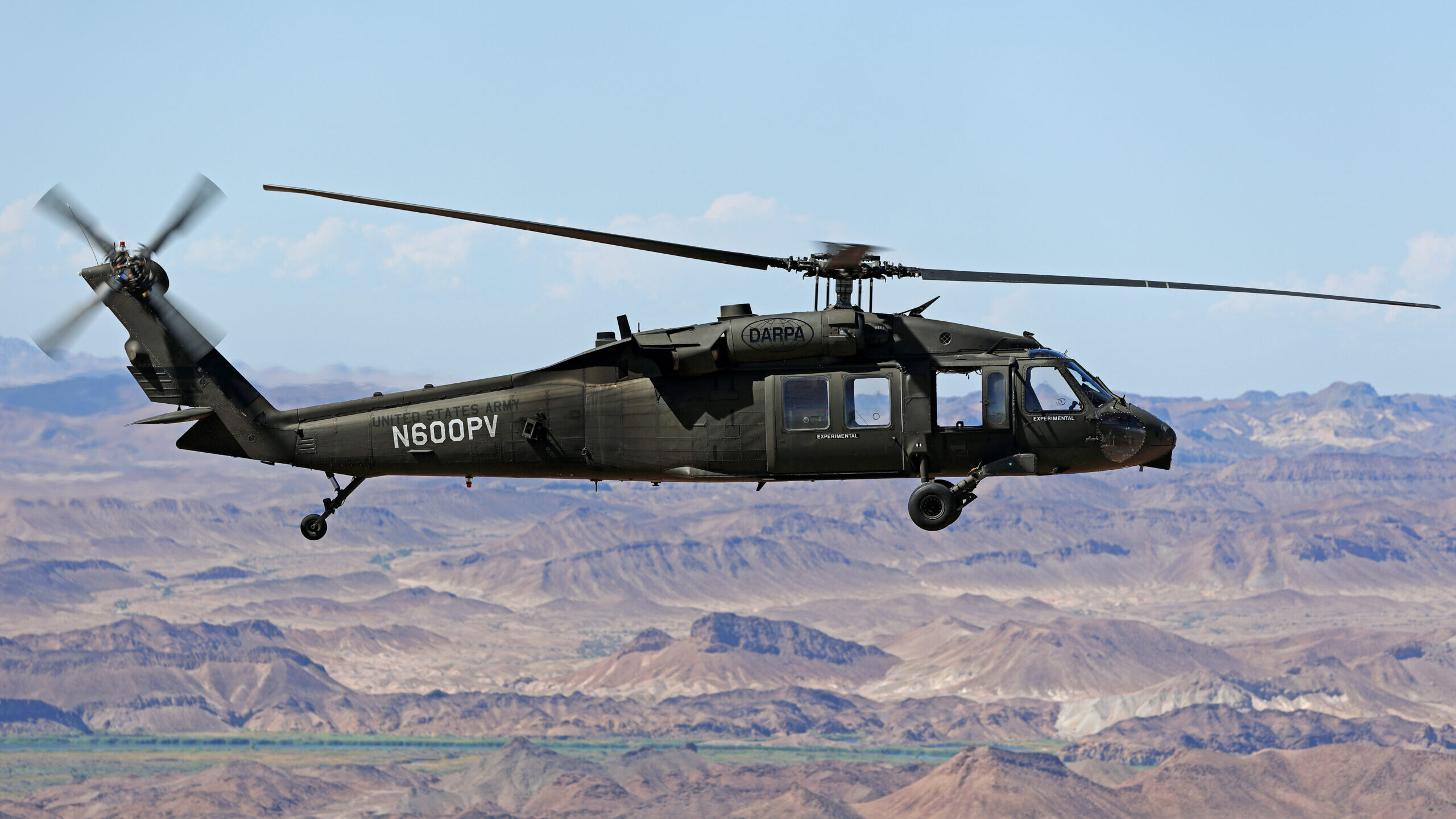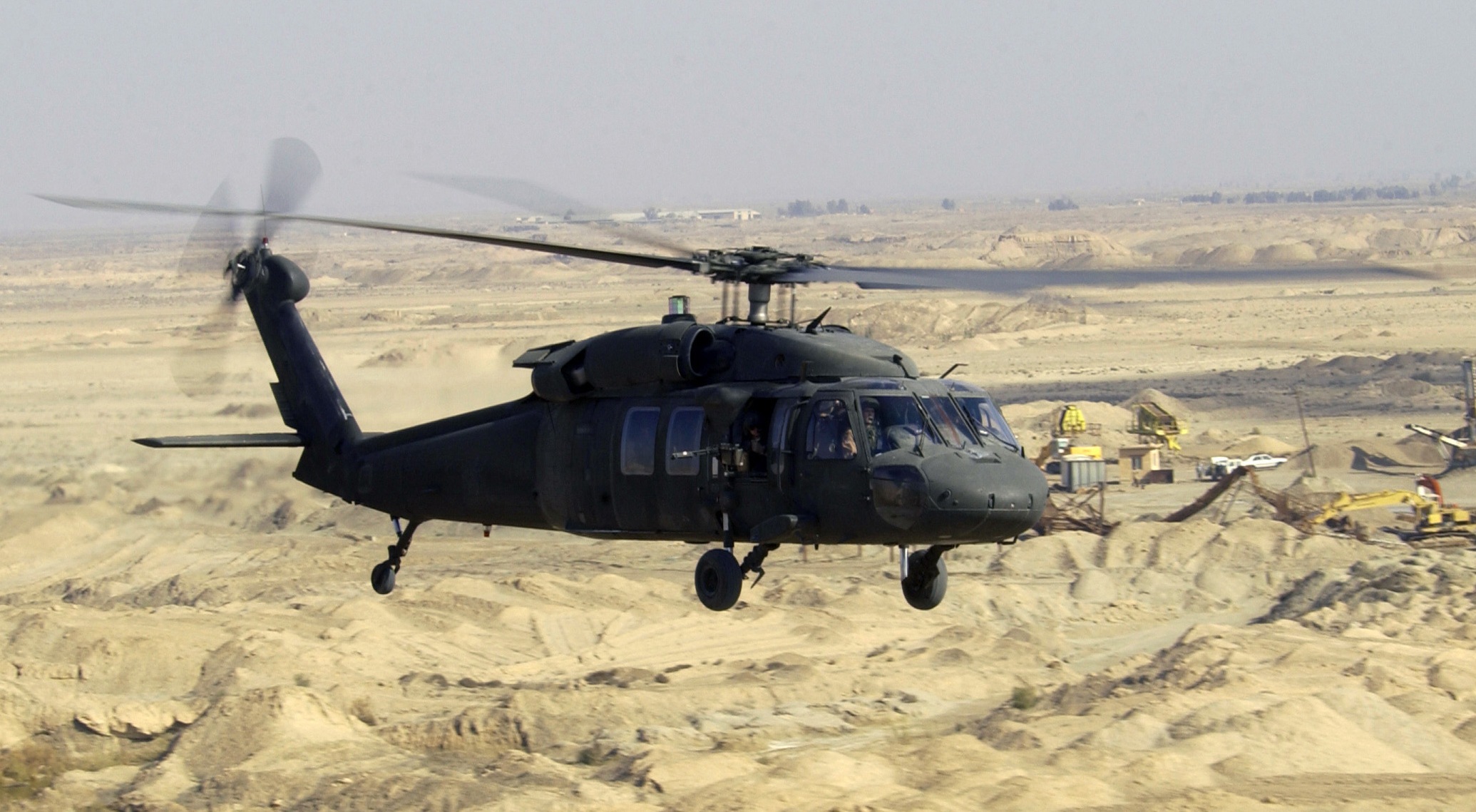UH-60: Developments in Modern Helicopter Design
The UH-60 helicopter stands as a standard in modern air travel, showcasing substantial advancements in style and modern technology that cater to the progressing needs of military operations. As we discover the evolution and essential technologies of the UH-60, it becomes vital to take into consideration how these growths influence not only present applications yet additionally the future landscape of helicopter design.

Advancement of the UH-60
The development of the UH-60 Black Hawk helicopter represents a significant landmark in aerospace design and military aeronautics. Introduced in the late 1970s, the UH-60 was designed by Sikorsky Airplane to meet the USA Army's need for a flexible utility helicopter with the ability of doing a variety of goals. Its style emphasized maneuverability, toughness, and speed, setting brand-new standards for functional efficiency.
The UH-60 features a distinct four-blade rotor system, which improves lift and security, allowing it to run properly in diverse settings. Its airframe is constructed from sophisticated composite products, contributing to a reduction in weight while keeping structural stability. The helicopter's layout also integrates better aerodynamics, which improves gas performance and increases variety.
For many years, the Black Hawk has gone through numerous upgrades to improve its abilities, consisting of improved engines, advanced flight control systems, and modular systems for simple upkeep and flexibility. The helicopter's ability to carry out objectives varying from troop transport to clinical discharge has actually strengthened its role as a backbone of U.S. armed forces operations. The UH-60 Black Hawk stays a prime instance of how development in helicopter style can dramatically influence army performance and functional flexibility.
Advanced Avionics Systems
Advancements in avionics systems have transformed the capabilities of contemporary helicopters like the UH-60 Black Hawk, enhancing operational effectiveness and situational awareness (UH 60). The integration of sophisticated avionics permits improved communication, flight, and navigation monitoring, making the UH-60 extra functional in varied objective profiles
Among the vital attributes is the sophisticated digital cockpit, which employs multifunction display screens that give real-time information, making certain pilots have instant access to crucial flight details. This streamlining of info decreases pilot work and boosts decision-making processes during complicated procedures. In addition, the incorporation of GPS and inertial navigating systems makes it possible for precise positioning and course planning, enhancing goal execution in challenging settings.
Additionally, advanced avionics systems boost interaction capabilities via protected information links and voice interaction systems, enabling seamless sychronisation with ground forces and various other aircraft. The assimilation of automatic trip control systems even more adds to improved security and control, especially in damaging climate condition or during low-altitude maneuvers.
Engine and Efficiency Enhancements
Engine performance in modern-day helicopters has taken a substantial leap ahead, driven by innovations that improve power, efficiency, and dependability. At the leading edge of these improvements is the adoption of more powerful turboshaft engines, specifically those using advanced materials and modern technologies that enable higher temperature level resistances and increased thrust capacities. The UH-60 Black Hawk, for circumstances, utilizes the T700-GE-701C engine, which includes a dual-channel, full-authority electronic engine control system. This system enhances efficiency while optimizing fuel usage and lowering maintenance demands.
Additionally, the combination of engine health and wellness tracking systems permits real-time diagnostics and predictive maintenance, significantly boosting functional integrity. These systems not only alert crews to potential issues prior to they come to be essential yet likewise help with much more efficient upkeep organizing, thus lowering downtime.

Products and Structural Innovations
Current developments in materials and structural design have transformed contemporary helicopter building and construction, boosting both efficiency and durability. The introduction of advanced composite materials, such as carbon fiber reinforced polymers, has actually significantly reduced weight while maintaining structural integrity. This change not just boosts gas effectiveness however likewise enhances payload capacity, permitting helicopters like the UH-60 to execute even more varied his explanation objectives.
In addition, technologies in aluminum alloys and titanium components have actually added to enhanced resistance to deterioration and tiredness, extending the life expectancy of critical airframe aspects. The tactical usage of these materials has resulted in a decrease in maintenance demands and improved total operational preparedness.

Moreover, the combination of computer-aided design (CAD) and additive manufacturing modern technologies has made it possible for much more lightweight frameworks and complex geometries, enhancing the wind resistant performance of helicopter styles. These innovations help with quick prototyping and production, enabling suppliers to respond promptly to developing goal demands.
Safety and Survivability Functions
Safety and security and survivability features in contemporary helicopter style have actually become critical, showing the raising demands for goal effectiveness in challenging atmospheres. The UH-60 Black Hawk, a remarkable instance, integrates advanced innovations to improve staff and guest protection. Among one of the most crucial improvements is the consolidation of crashworthy gas systems made to decrease the risk of fire during impact. Additionally, the airframe is constructed with reinforced materials that dissipate and take in energy, more safeguarding residents in the event of an accident.
The helicopter likewise employs a ballistic defense system, which consists of armored team seats and important systems shielding, reducing susceptability to little arms fire Full Report and shrapnel. Improved situational awareness is attained with advanced avionics and sensor innovations, allowing pilots to detect and stay clear of dangers efficiently.
Moreover, the assimilation of redundancy in important systems-- such as dual engines and numerous trip control channels-- makes sure ongoing operation also if one system stops working. The UH-60 is equipped with innovative emergency flotation protection gadgets, enhancing survivability in water touchdowns. Collectively, these functions not just enhance the safety of workers but additionally enhance goal success rates in aggressive environments, showing the dedication to excellence in helicopter layout.
Conclusion
The UH-60 helicopter stands for a significant innovation in contemporary aeronautics innovation, including innovative materials, sophisticated avionics, and robust security attributes. Its evolution shows a dedication to enhancing efficiency and functional effectiveness while ensuring pilot and crew survivability. The assimilation of lightweight compounds and progressed navigating systems emphasizes the helicopter's flexibility in various army missions. In general, the UH-60 offers as a benchmark for future advancements in helicopter style, symbolizing strength and versatility in contemporary military operations.
The UH-60 helicopter stands as a criteria in modern-day aeronautics, showcasing significant developments in style and innovation that cater to the developing demands of military procedures. As we check out the development and crucial advancements of the UH-60, it ends up being important to take into consideration how these growths affect not just present applications but also the future landscape of helicopter layout.
Presented in the late 1970s, the UH-60 was developed by Sikorsky Aircraft to fulfill the United States Military's demand for a functional utility helicopter capable of performing a selection of goals. The UH-60 Black Hawk stays a prime example of just how advancement in helicopter design can significantly influence armed forces effectiveness and functional versatility.
In general, the UH-60 serves useful content as a standard for future advancements in helicopter layout, symbolizing resilience and convenience in contemporary military procedures.